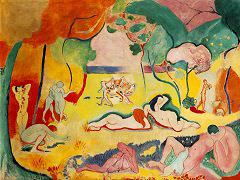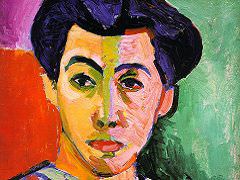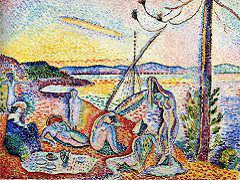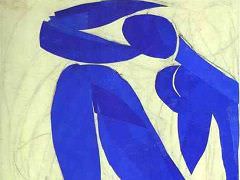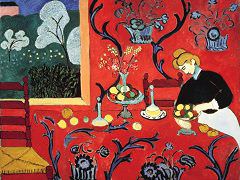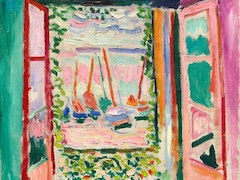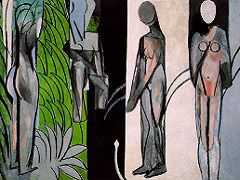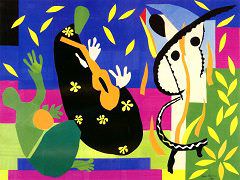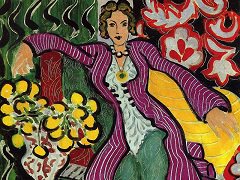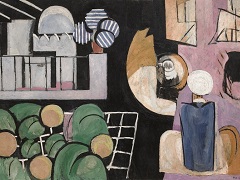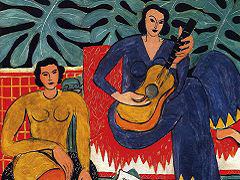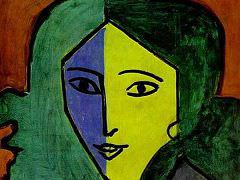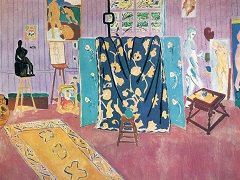Yellow Odalisque, 1926 by Henri Matisse
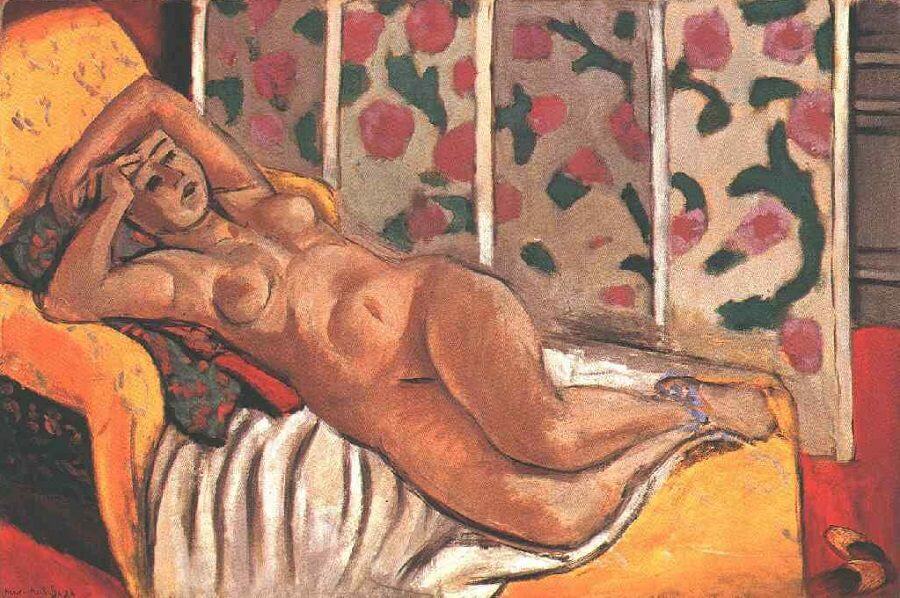
The sumptuously modeled, opulently colored reclining nudes, together with the odalisques in Moorish costume, represent as a group the artist's most revealing theme in the 1920s. They conjure up distant visions of similar paintings ranging from Titian to Eugene Delacroix, rather than some fantasized yet minutely topographic view of the harem in the manner of Ingres (or some slightly prurient image out of Gerome).
For the most part it is clear that these women are occupants of the artist's own studio space, and in effect their presence serves to eroticize the objects from his own collections: screens, hangings, and so forth. Thus they further expand the theme of earthly paradise stated in the great mythological paintings earlier. But now the paradise has moved into the artist's improvised studio environment, functioning in a way not very different from the aubergines of his great tapestry-like composition of 1911.
Yellow Odalisque is one of the most robustly modeled of the odalisques, which partly owe their inspiration to Matisse's several direct contacts with Renoir at Cagnes in 1918. It is notable that he did not pay much attention to this master's art until some two decades after his discovery of Paul Cezanne, even though he may have seen Renoir's work at Vollard's around 1900. Matisse thus arrived at his comprehension of the latter's culminating figure studies after he had long since digested Cezanne's message and integrated it into the long evolution of his own figurative work. Hence, Matisse was maturely equipped, not to borrow from or submit to the influence of Renoir, but rather to clarify and intensify his late, classical-romantic study of the female form. Matisse integrated Renoir's individual mode into the natural course of his own increasing comprehension of the figure and its function in a painting. In particular, there were two paintings in Renoir's studio at the time which could have inspired Matisse: a partly disrobed Odalisque of about 1917 (Barnes Foundation, appropriately enough), and the double-figured nude painting The Bathers, of 1919.
It is noteworthy that there are relatively infrequent treatments of the reclining female figure in Matisse's art before the twenties. The first of these, Blue Nude is a post-Fauve work, a developed variant on one of the two central reclining figures in Joy of Life. The second is the nearly lifesize Sleeping Nude of about 1916, who with a few modifications could easily inhabit an environment such as that of Still Life with Aubergines - this is, in fact, the picture that Matisse was working on when he painted The Studio, Quai Saint-Michel. The series which the present painting represents thus relates to an earlier theme whose complete realization was postponed more than a decade, and its genealogy once more demonstrates the integrated continuity of Matisse's work and his ability as a mature artist of fifty to find stimulus in one of the great elder painters of the day.

